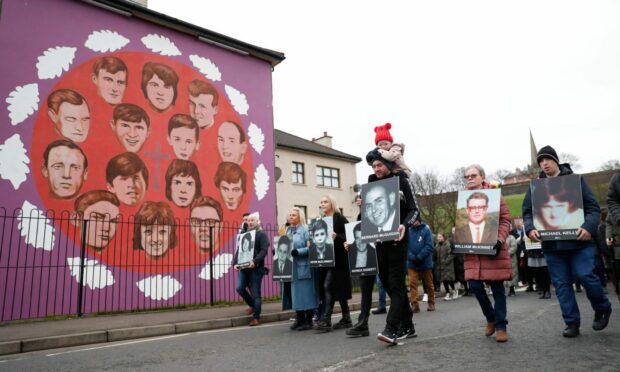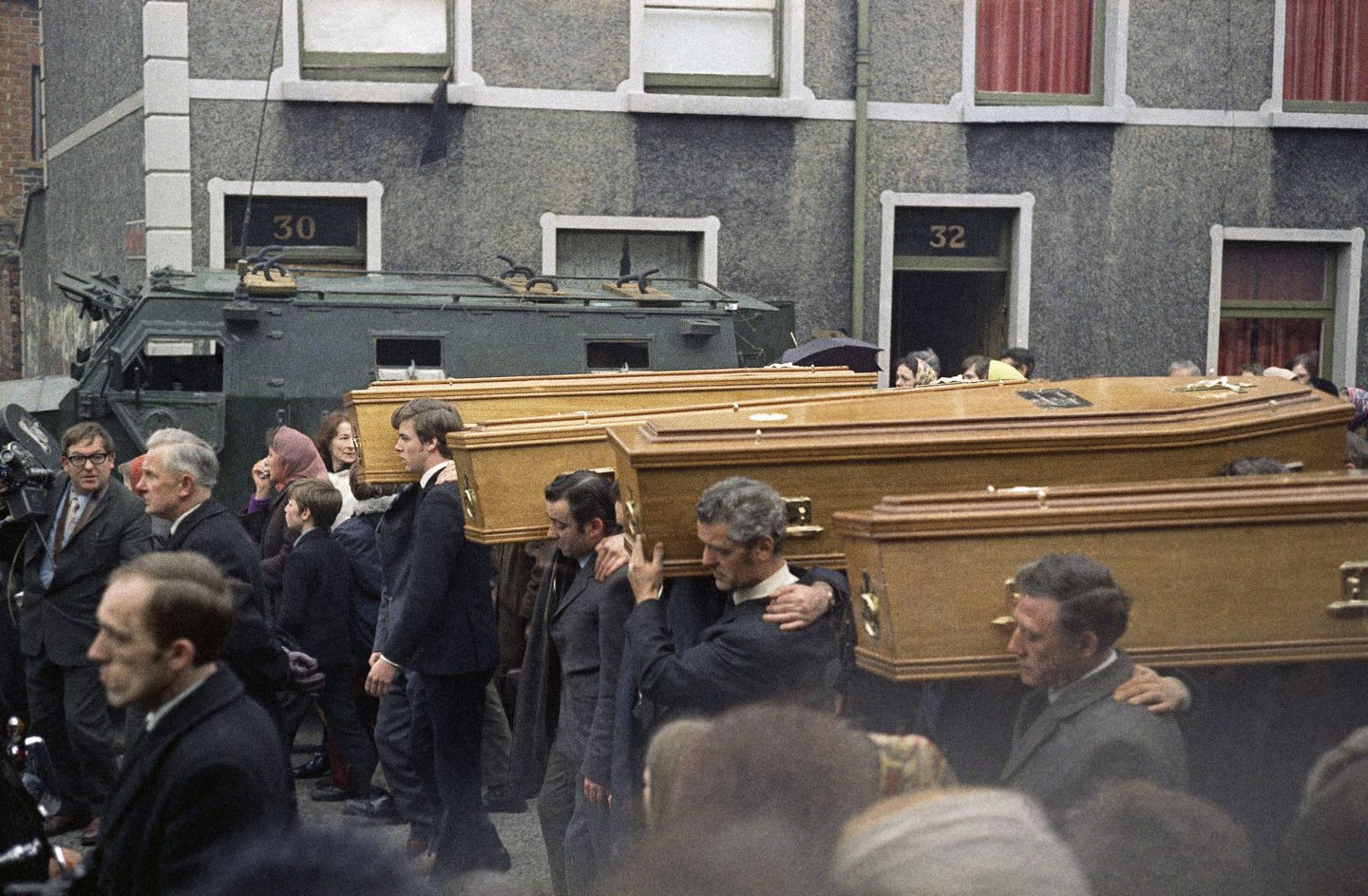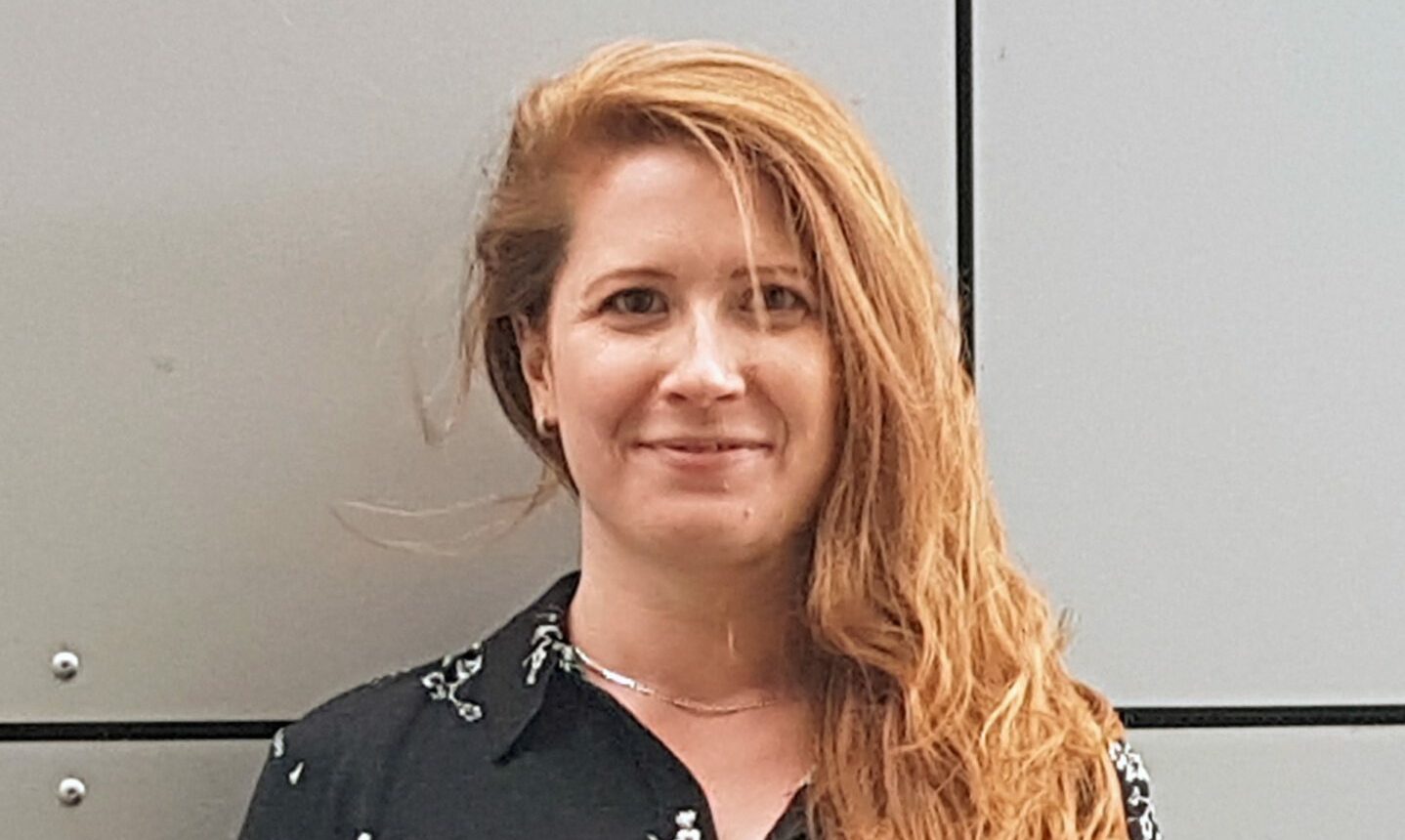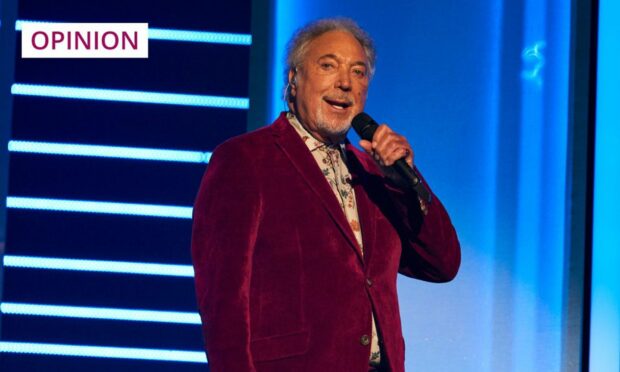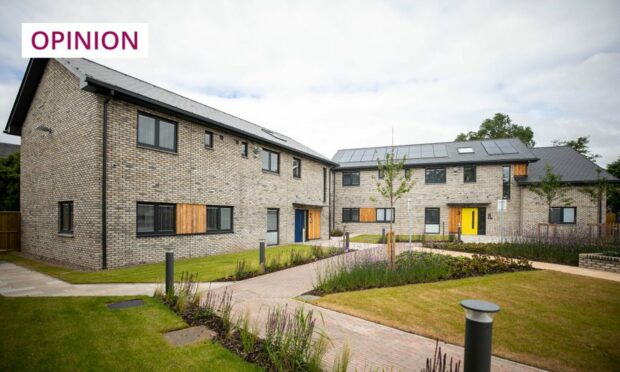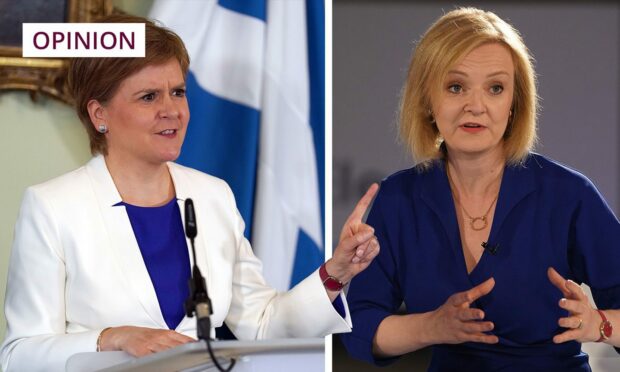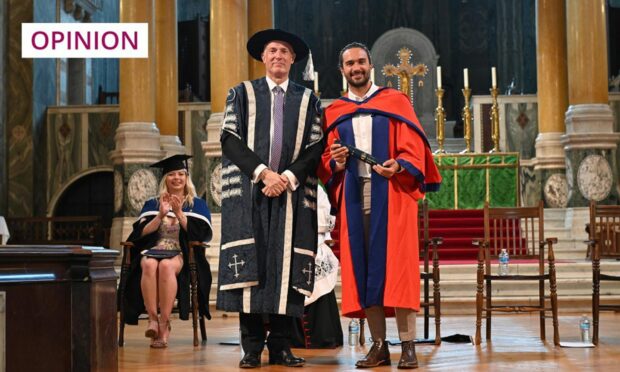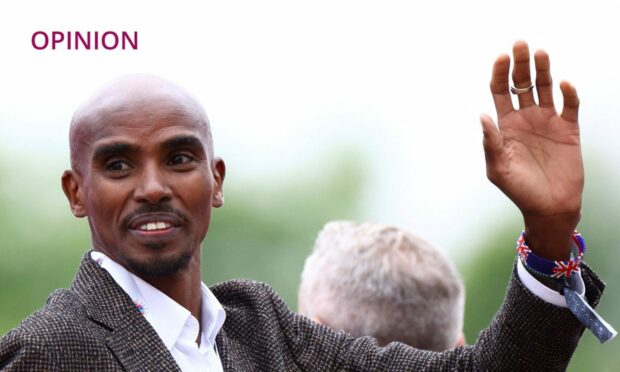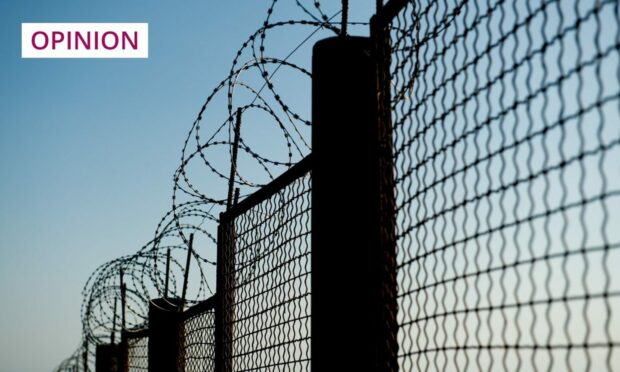On Bloody Sunday in 1972, Dr Raymond McClean examined three men in quick succession.
One was a teenager, one in his twenties and the other in his thirties. McClean saw instantly that all were dead.
In the stour and rubble of Belfast, against the background drone of gunfire from the Parachute Regiment, two young boys were trying to breathe life into one of their corpses. Instead of telling them the man was dead, McClean urged them to continue life-saving efforts.
If they were busy, he reasoned, it would avoid panic. Perhaps he realised that telling them would kill something else: the hope and optimism of youth.
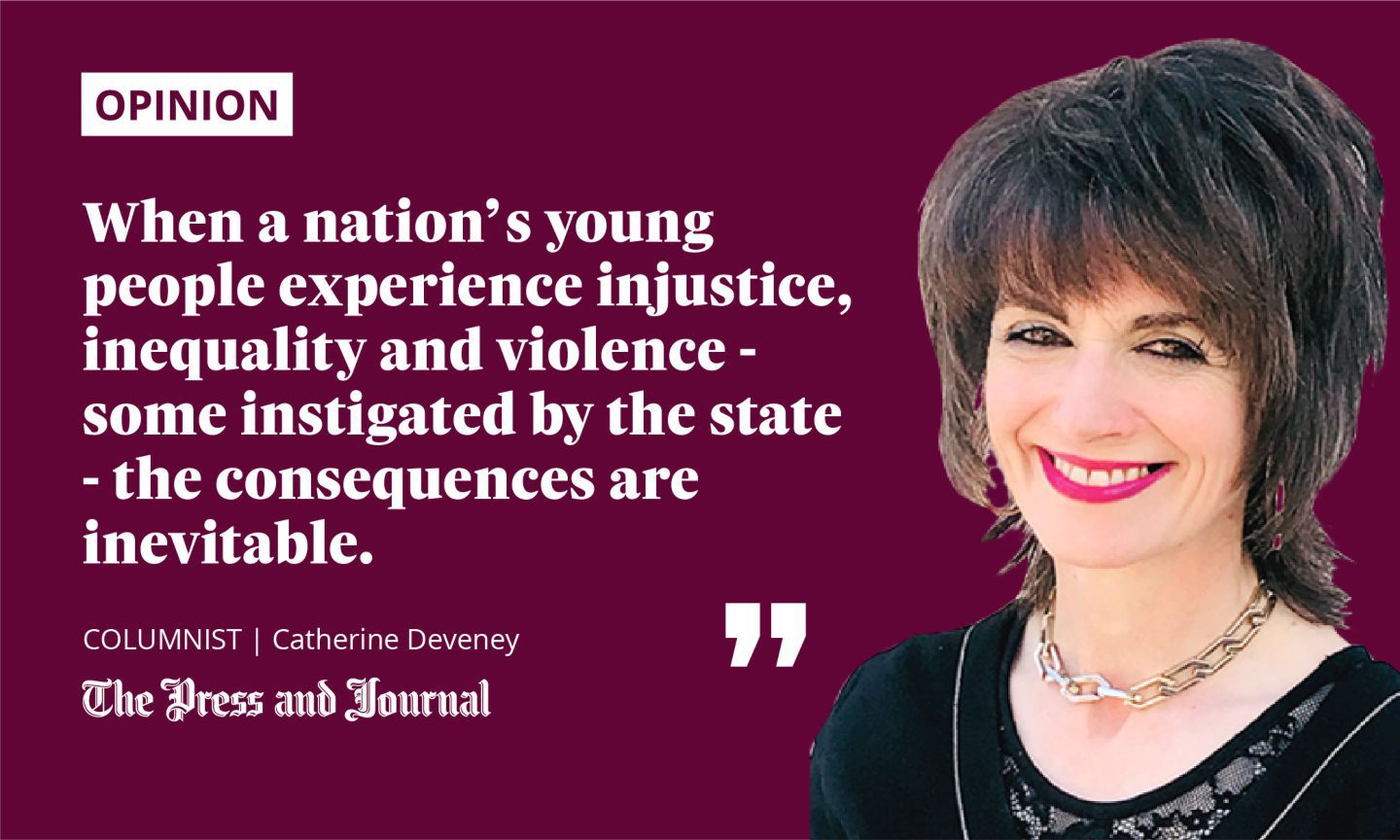
The raft of black and white photographs accompanying this week’s commemoration of Bloody Sunday emphasised – like Kenneth Branagh’s latest film, Belfast – the social deprivation of the times: the windowless buildings and boarded up spaces, the bleak barbed wire fencing and graffiti. In one photograph, a little girl in long, white socks stands curiously close to a sniper who is lying on the ground with a gun propped up against a sandbag.
A whole generation of young people who learned familiarity with the bomb and the bullet, who saw teenage friends in pools of blood. A generation that opted, eventually, for peace.
Young people turning back to violence
The commemorations replayed images and testimonies of 50 years ago against the emotional soundtrack of today. The grief, the anger and the desire for justice have lasted. Sadly, the push for peace has not endured so steadfastly. In Belfast today, city tours use a Catholic guide, an ex IRA prisoner, to lead visitors through Catholic areas before handing over to a protestant guide for loyalist areas.
Interestingly, talk is of young people, with no personal experience of “the Troubles”, turning back to violence over the disastrous Northern Ireland protocol, negotiated as part of Brexit.
Lest we forget. When a nation’s young people experience injustice, inequality and violence – some instigated by the state – the consequences are inevitable.
Cherie Blair was once forced to apologise for attempts in a speech to understand the conditions that created Palestinian suicide bombers. “As long as young people feel they have no hope but to blow themselves up,” she said, “you are never going to make progress”.
Why apologise? It wasn’t an excuse but an explanation. A matter of fact. Young people growing up without justice in Palestine nurtured terrorism – just as Bloody Sunday prompted an IRA recruitment drive.
Post-peace process, I once watched a bad-tempered debate in Stormont, prior to interviewing the late Martin McGuinness. Democracy, I remarked, could be depressing to watch. “Better that than the other,” he replied mildly.
Healthy challenge of authority is vital for democracy
Politicians of all persuasions had been on a remarkable journey of reconciliation and, by 2010, the then Prime Minister David Cameron issued an unequivocal apology for Bloody Sunday that would once have been unthinkable. “There are no ambiguities,” he said. “What happened on Bloody Sunday was unjustified and unjustifiable. […] I am deeply sorry.”
The point of commemoration is to remember the lessons of the past – and apply them to the circumstances of today
Fast forward to this week and the flag of the Parachute Regiment flies in certain villages, a mark of disrespect to the dead. Worse, Northern Ireland’s recently resigned former first minister, Paul Givan, refused to attend any Bloody Sunday 50th commemoration. Givan is 40 years old.
All of this has clear implications this side of the Irish sea, too. For years, the regiment and the government denied wrongdoing. Bloody Sunday reminds all of us how important a healthy – and tenacious – challenge of authority is in a democracy.
Power unchallenged often becomes power abused. There’s the current Downing Street party debacle, of course. But, also, worrying legislation to limit public protest – thankfully halted by the Lords at its final stage – has returned to the Commons for refinement. It seeks to minimise rights to protest, even allowing police officers to stop and search protesters “without suspicion” – a move described by QC Alex Carlile, who reviewed Britain’s terrorism legislation, as a “menacing and dangerous measure.”
Last week, we saw the horrific case of academic, Dr Konstancja Duff, who silently handed a 15-year-old a legal advice card when she saw him being stopped by police. She was taken to the police station, strip-searched and sexually humiliated by officers. “Treat her like a terrorist,” CCTV evidence showed a senior officer saying. “Show her resistance is futile.”
The point of commemoration is to remember the lessons of the past – and apply them to the circumstances of today. Bloody Sunday is not just an old event, but a reminder of the importance of youthful hope, the breeding grounds of terrorism, and the dangers of unbridled trust in the integrity of power.
Catherine Deveney is an award-winning investigative journalist, novelist and television presenter
